Discover more about the introduction of Roman Christianity to Britain on this unique fully-guided tour experience which takes you through the heartland of historic Canterbury.
Visit St Martin’s church, the oldest church in the English-speaking world, explore the remains of St Augustine’s Abbey, resting place of St Augustine and the first Archbishops of Canterbury, and experience the beauty of Canterbury Cathedral, Mother Church of the Church of England. Together, these three historic places form Canterbury’s UNESCO World Heritage Site which gained UNESCO listing in 1988 – a must-visit destination.
A guided tour at each stop offers a fascinating insight into the royals, clergy and ordinary people involved in the story, and allows you to explore successive architectural responses to Canterbury’s developing role as focus of the Church in England. Chart the development of the architecture of the city, from the adaptation of existing Roman buildings to new Christian uses; the development of innovative Anglo-Saxon brick and stone churches through to the evolving grandeur of Romanesque and Gothic styles.
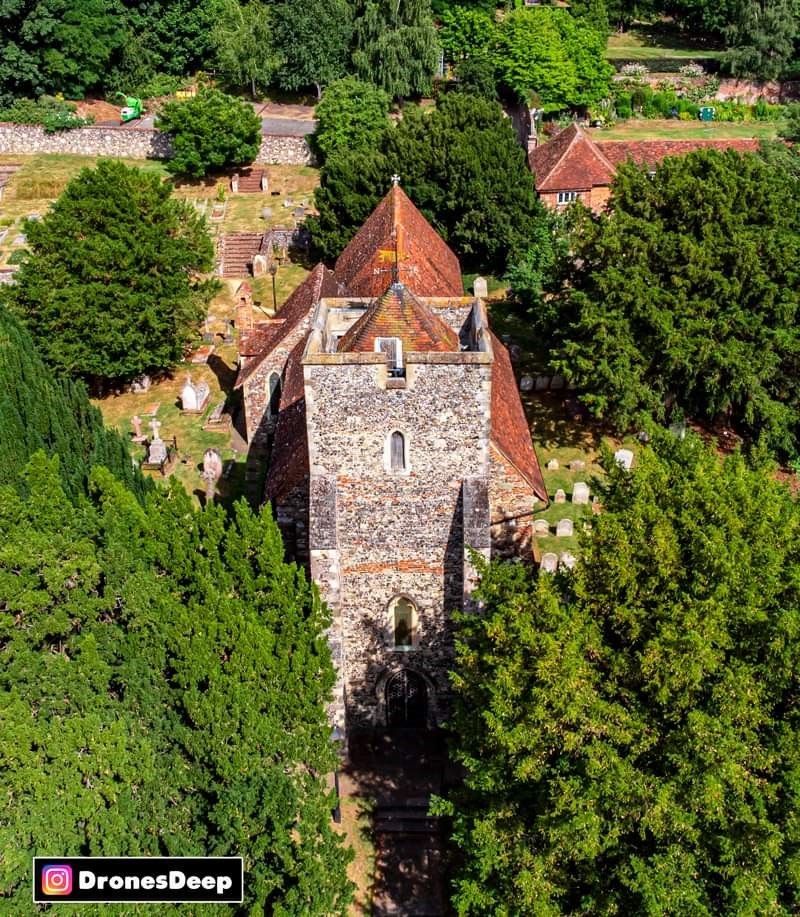
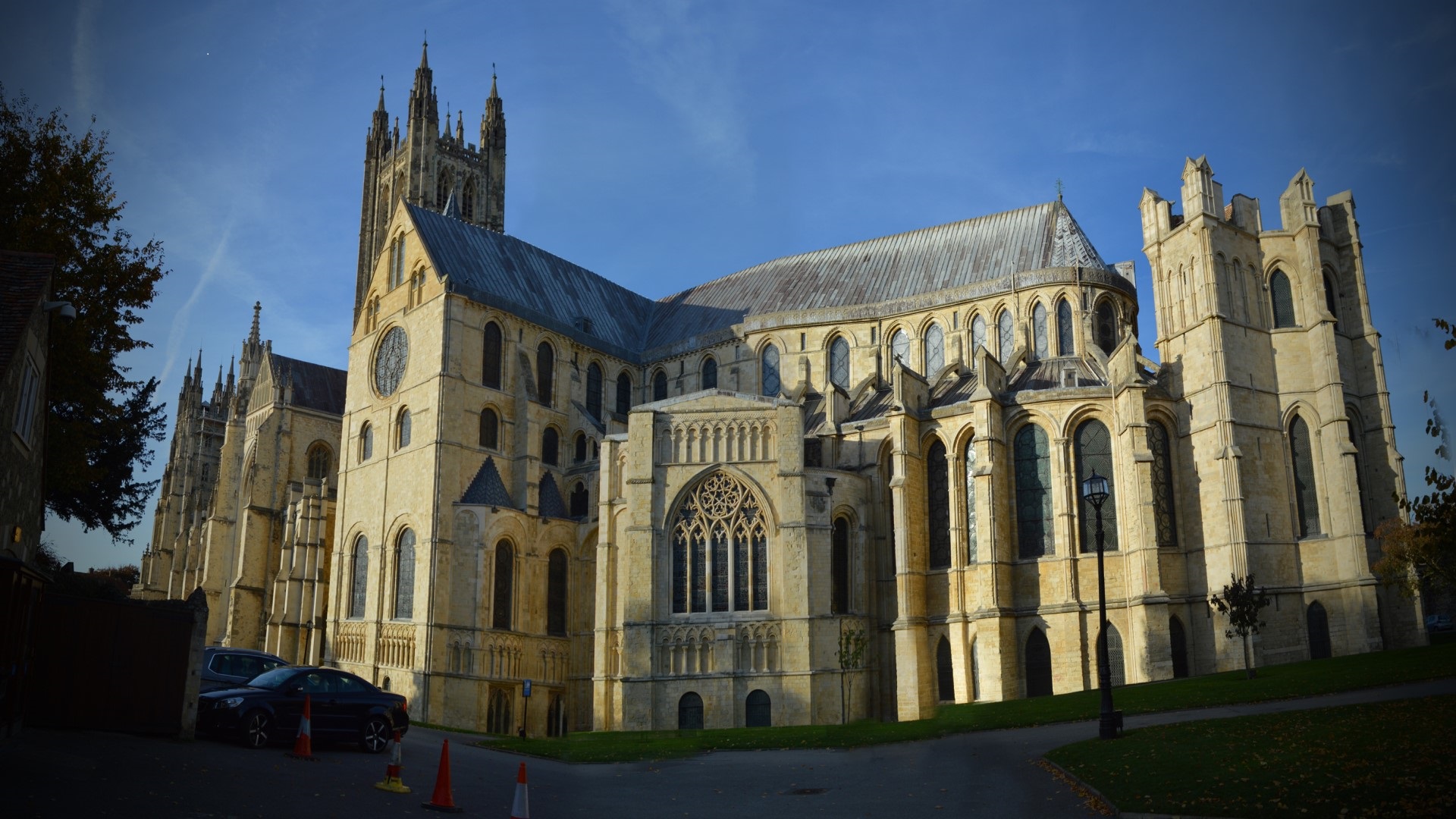
Outstanding Universal Value
Unesco World Heritage Convention listing
These sites are also important because, alongside Christianity and early Benedictine monasticism, Augustine’s mission also established new traditions of literacy, education and writing; the development of written laws; the alliance of King and Church, the introduction of brick and stone building and even coinage and minting, which can be explored on this tour.
Starting with the arrival on Kentish shores of the Frankish, Christian Princess Bertha to marry the pagan King Ethelbert of Kent in 580 AD your tour then takes you through the arrival of St Augustine into Canterbury in 597 on a mission to convert the pagan inhabitants and later undertake the creation of the Abbey that now bears his name. We uncover the hidden history of St Martin’s Church, England’s oldest parish church, used by Queen Bertha who with her pagan husband King Ethelbert, welcomed St Augustine to Kent. Centuries later the influence of the Benedictine abbey of St Augustine was decisive throughout the middle ages in England and the influence of this monastic centre, and its scriptorium, extended far beyond the boundaries of Kent. You will also discover how Canterbury Cathedral evolved from its early beginnings to present- day status as mother church of the worldwide Anglican Communion, having witnessed some of the major events in British history along the way.
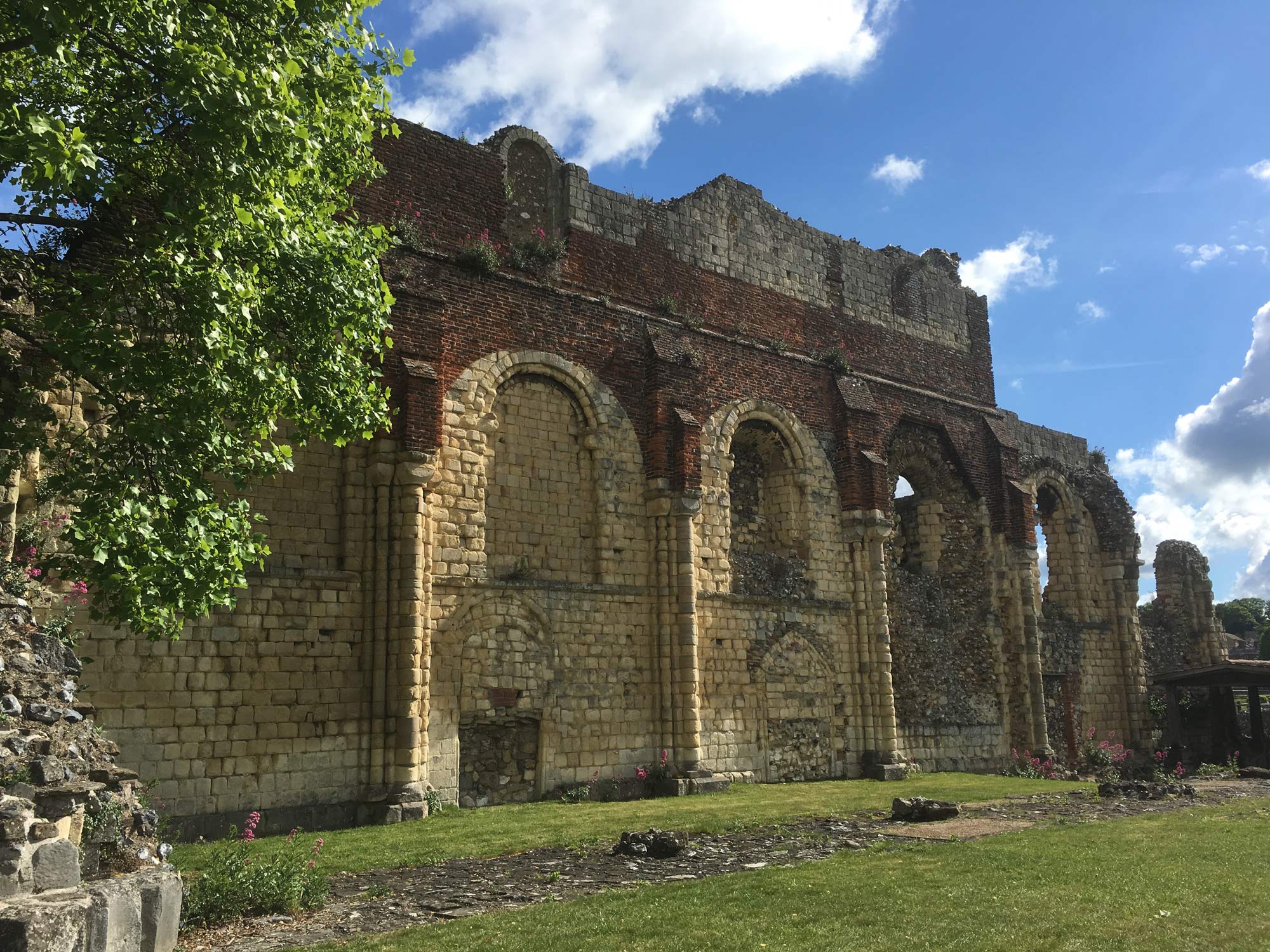
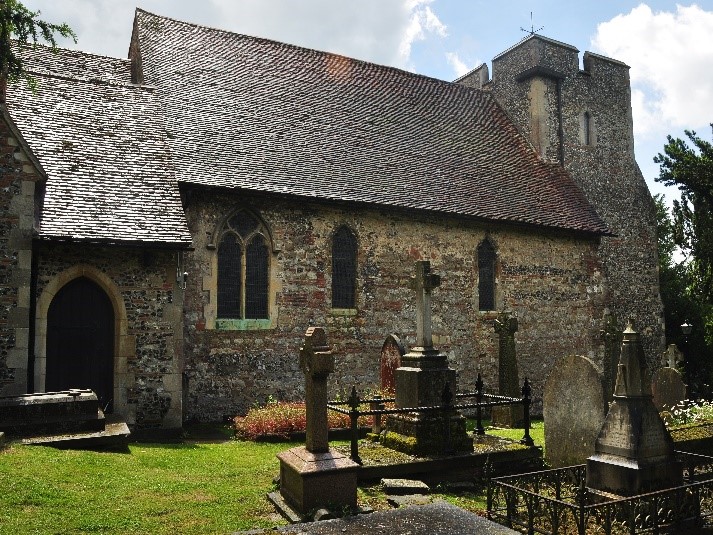
The cost of the tour is
£59.95 per person.
The tour is available on the following dates:
Groups of 10 people or more can request a private Unesco tour just for their group which can be arranged on a date to suit them. To ask about prices and arrange your tour please contact info@canterburyunescotour.co.uk
Your day will start at St Martin’s Church which is found on the outskirts of Canterbury. Please factor in additional time to make your way to St Martin’s if you are travelling by train or planning to park in the city centre. There are no toilet facilities at St Martin’s, but facilities will be available at St Augustine’s and at Canterbury Cathedral.
Your day will last over 5 hours, which is mostly spent standing or walking, with almost a mile covered by walking between sites. There will be opportunities to sit down, but a good general level of fitness is required to enjoy this tour.
There will be some outdoor elements at all the sites we visit, and when walking between them and the tour will go ahead in rain or poor weather. Appropriate clothing and footwear is advised.
Due to the ancient nature of the three sites you are visiting, please be aware that some areas of the Cathedral, parts of the St Augustine site, and large parts of St Martin’s are regrettably inaccessible to wheelchairs and prams.
Lunch with tea or coffee is provided at Canterbury Cathedral. Please advise us of any dietary requirements.
Once you have booked a place on the tour we will contact you with the full route to be taken on the day and any additional information you might need. If you have any questions or would like to know more about the tour please contact us.
For more information, email info@canterburyunescotour.co.uk
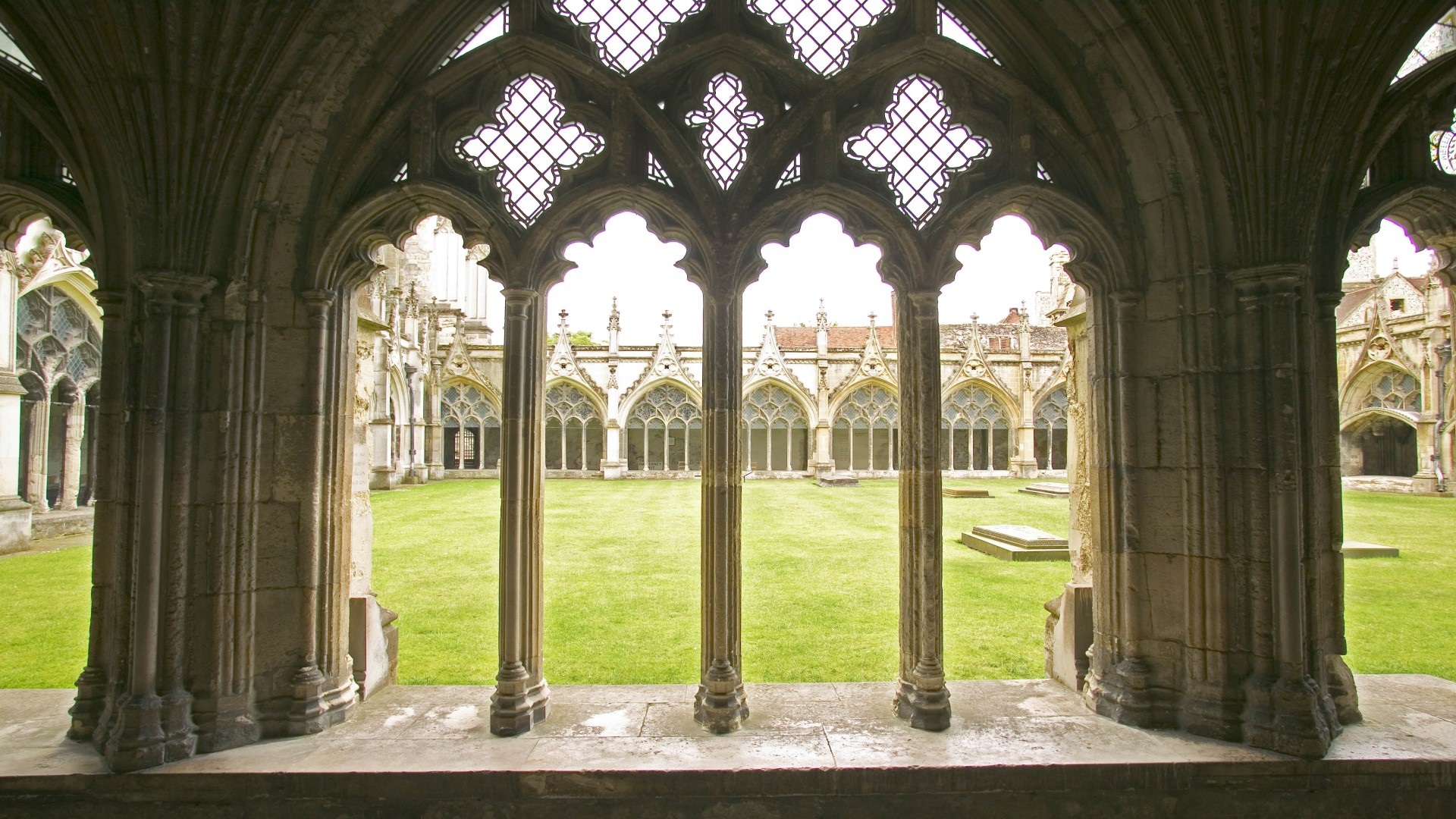
directly and tangibly associated with the history of the introduction of Christianity to the Anglo-Saxon kingdoms
Unesco World Heritage Convention listing
The oldest church in the English-speaking world, St Martin’s is still a regular place of Christian worship as it has been continuously for over 1,400 years.
It was here that Queen Bertha prayed in the 6th century, and here that St Augustine based his mission from 597AD until King Ethelbert granted him the land for the Abbey. Augustine enlarged the church, in line with the growing numbers of missionaries and converts visiting St Martin’s.
The church is a wonderful mixture of architectural features that reach back through the centuries. Areas of St Martin’s can be traced to Roman times, with re-used Roman bricks and complete sections of walls made from Roman tiles. At the core of the church the brick remains of a Roman structure were integrated into the building. Parts of the church are Saxon and can be dated to the 7th or 8th centuries, while other parts of the building are Norman and medieval, with the tower built in the 14th century. Victorian stained-glass windows and other features are also present as is a newly installed organ dating back to the late 18th century.
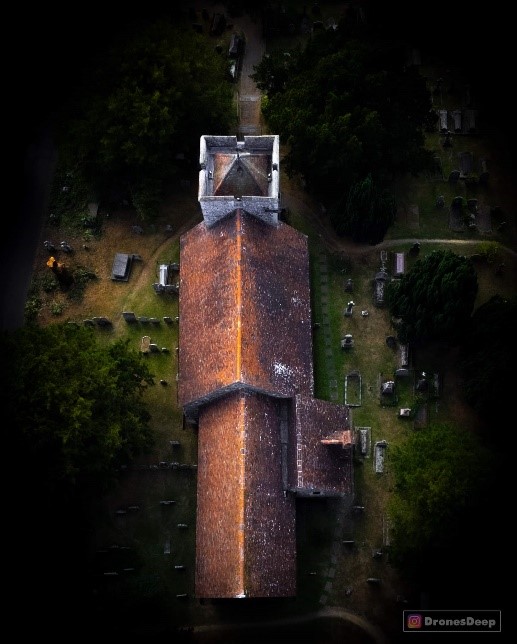
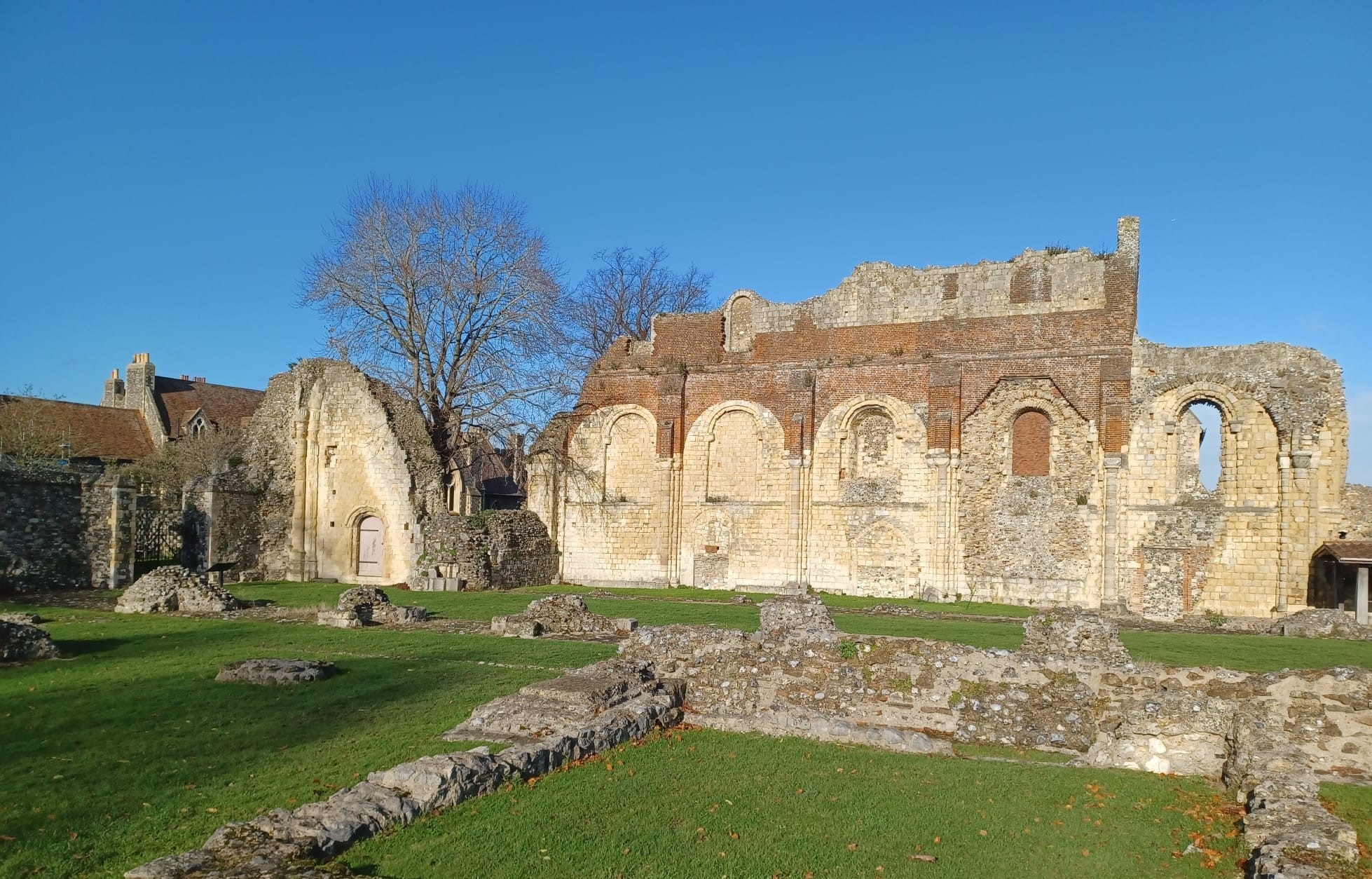
The influence of the Benedictine abbey of St Augustine was decisive throughout the Middle Ages in England
Unesco World Heritage Convention listing
St Augustine’s Abbey was one of the most important monasteries in medieval England. For almost 1,000 years it was a centre of learning and spirituality.
The abbey was founded in 598, after St Augustine arrived in Kent on a mission to convert the pagan Anglo-Saxons to Christianity. A monk named Peter was appointed as the first abbot, and soon afterwards was sent with Laurence the priest to Rome on a mission to Pope Gregory. He brought back, as a present from the pope, several books, vestments, vessels of gold and silver, and relics. Within 100 years, the work begun by Augustine had converted the whole of England, and the abbey that bore his name was at the heart of English Christianity. In 613 Archbishop Laurence consecrated the existing church, dedicated to St Pancras. In 978 the church was re-dedicated by Dunstan in honour of Sts Peter and Paul and St Augustine.
St Augustine’s developed over the centuries into a great Romanesque abbey, one of the grandest and most influential in Europe. However, this power and prominence was not to last. The Suppression of the Monasteries under Henry VIII saw much of the once great abbey destroyed.
In later years, St Augustine’s became the site of a royal palace, a poorhouse, a gaol and a school.
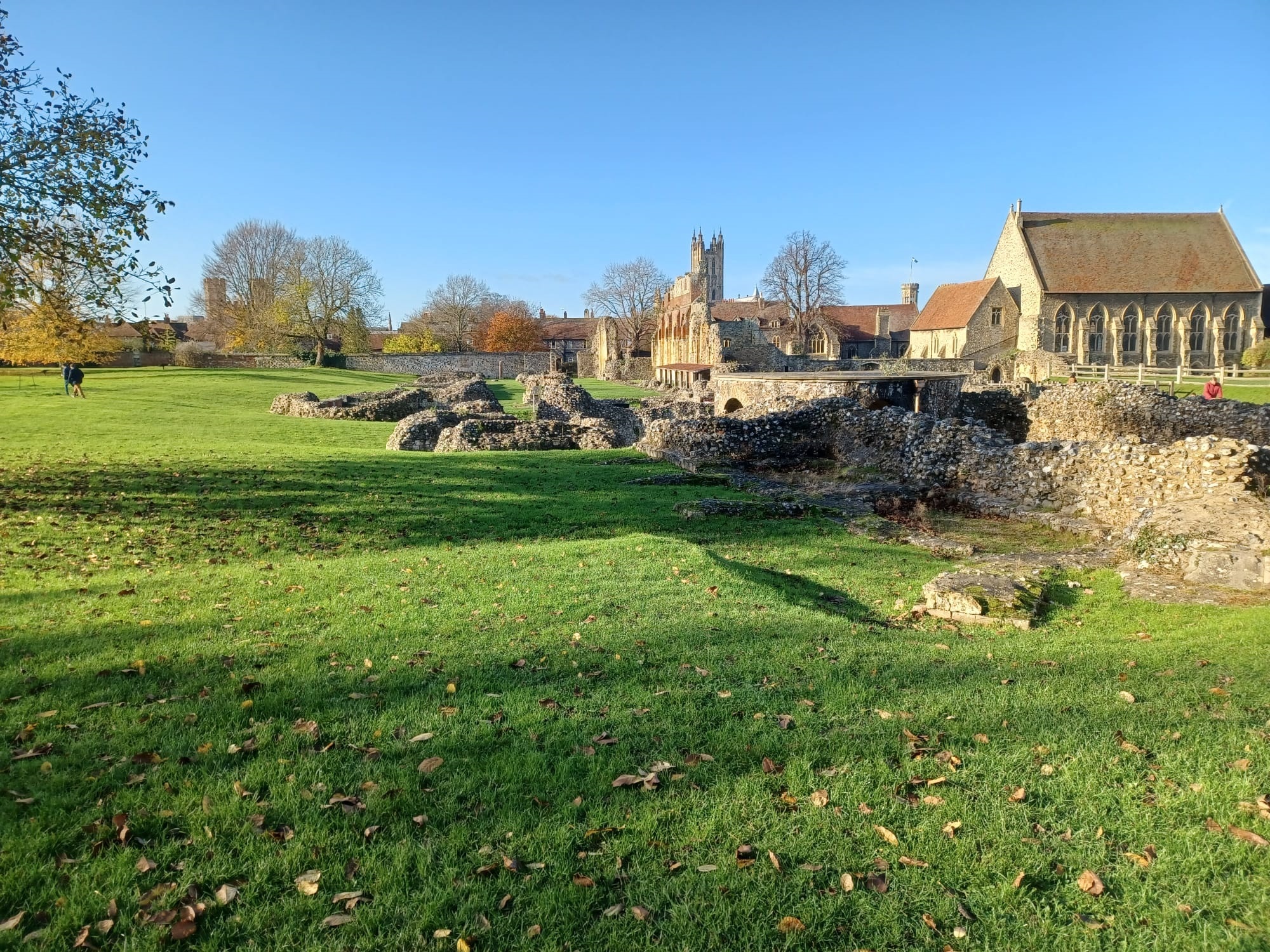
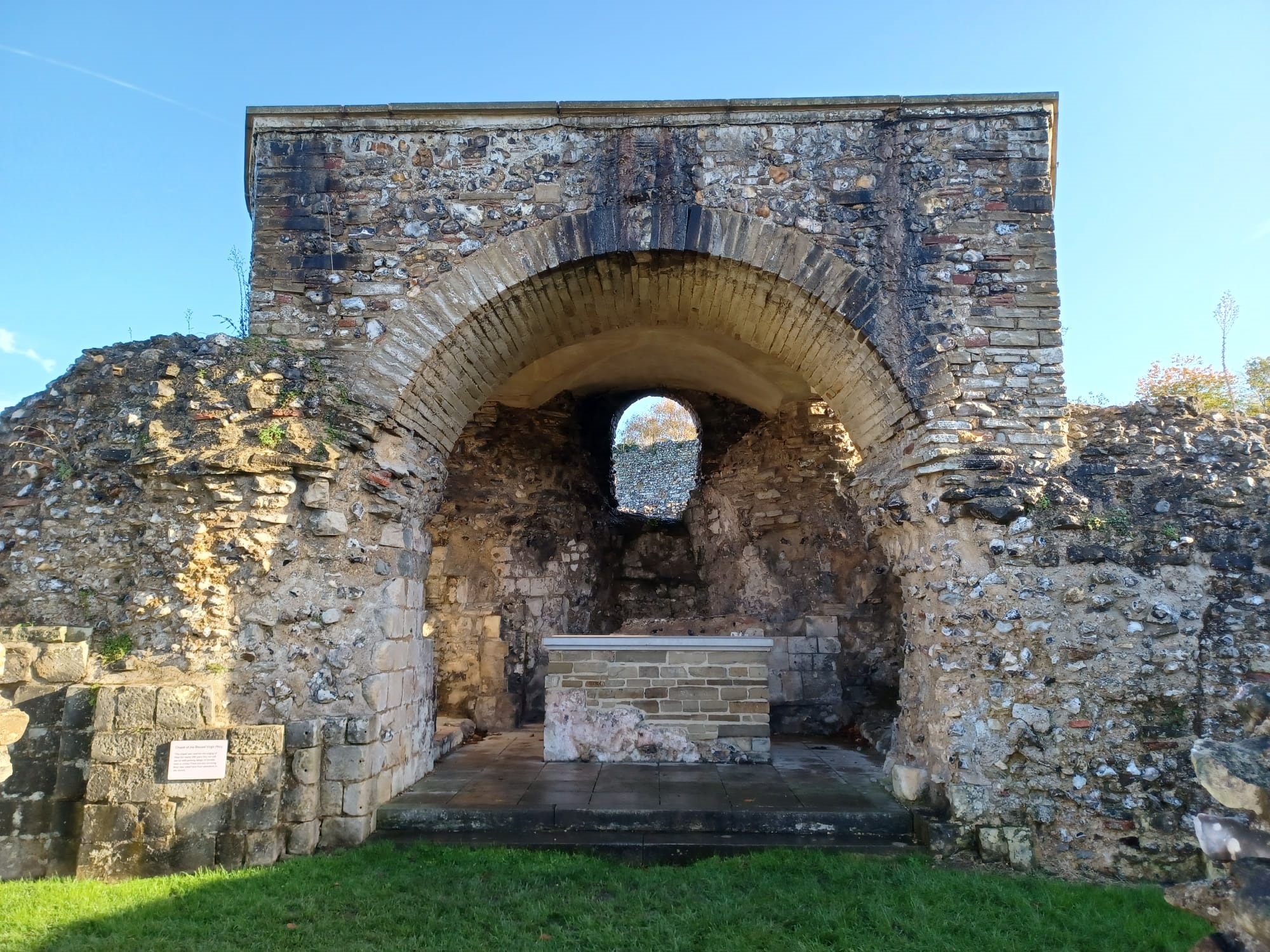
a unique artistic creation
Unesco World Heritage Convention listing
Seat of the Archbishop of Canterbury and Mother Church of the Church of England, Canterbury Cathedral sits on the site which was given to St Augustine by King Ethelbert to use for his ‘Cathedra’ or ‘seat. The present-day Cathedral dates from around 1070 onwards and is a marvel of Romanesque and Gothic architecture. From the honey-toned and intricately-carved exterior through to an awe-inspiring interior of high vaulted ceilings and stunning stained glass windows, Canterbury Cathedral will inspire and delight any visitor.
Canterbury Cathedral, especially the east sections, is a unique artistic creation. The beauty of its architecture is enhanced by a set of exceptional early stained glass windows, dating from the 12th century, which constitute the richest collection in the United Kingdom. In 2021, four window panes were dated to be among the earliest stained glass windows in the world.
Canterbury Cathedral was also witness to the wealth and power of the Norman church. This historic church was once the site of medieval pilgrimage following the murder of St Thomas Becket in 1170 and is the final resting place of King Henry IV and Edward of Woodstock, the Black Prince, whose magnificent tombs can be found within. An order of Benedictine monks lived and worshipped within the Precincts throughout the middle ages. Remains of their domestic buildings can be found around the site and traces of their lives can even be found on the Cathedral walls.
King Ethelbert and Queen Bertha’s story is celebrated by statuary around the walls and in the beautiful stained glass windows of the Cathedral, which you will discover on your guided tour.
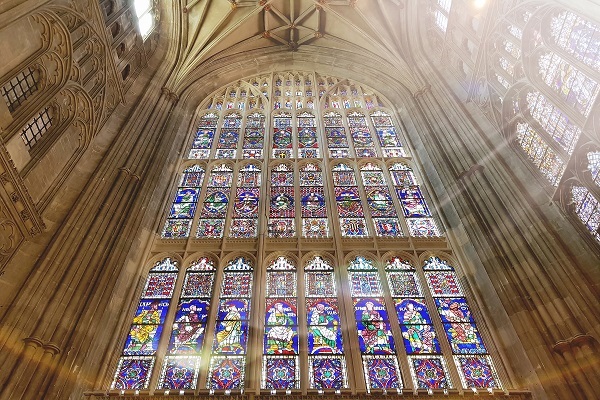
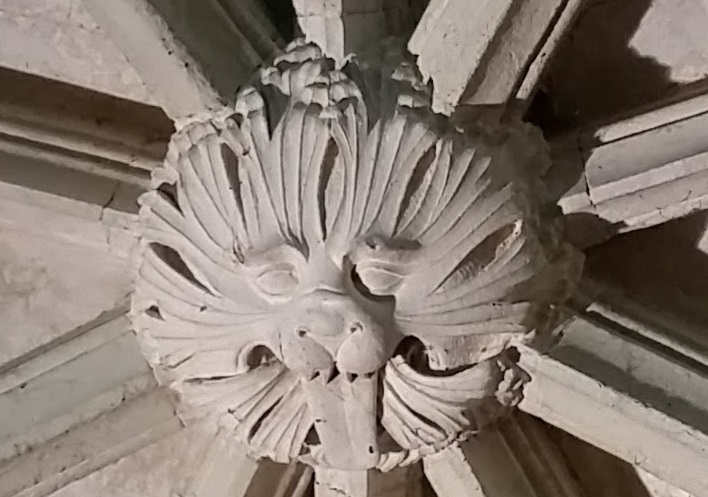
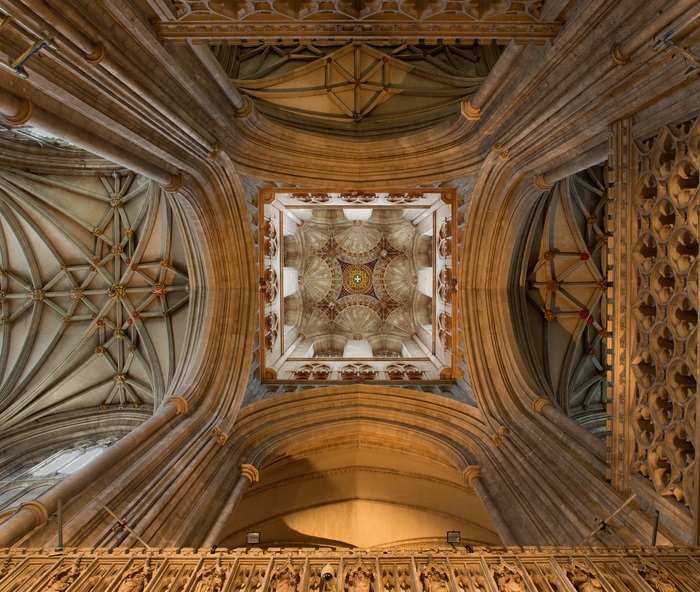
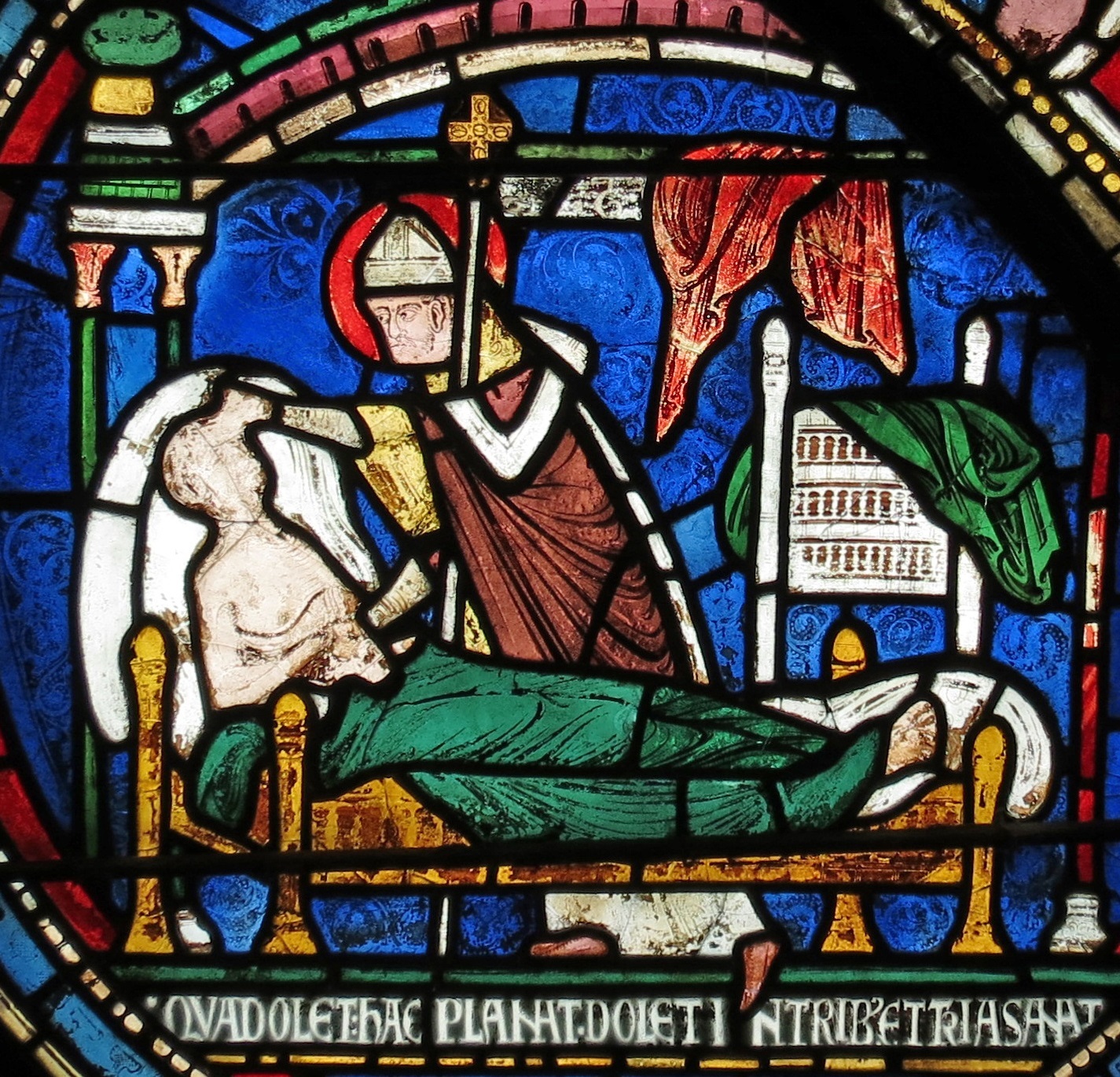
Please join us for an informative and entertaining day visiting these three very special UNESCO places as you journey with like-minded travellers.